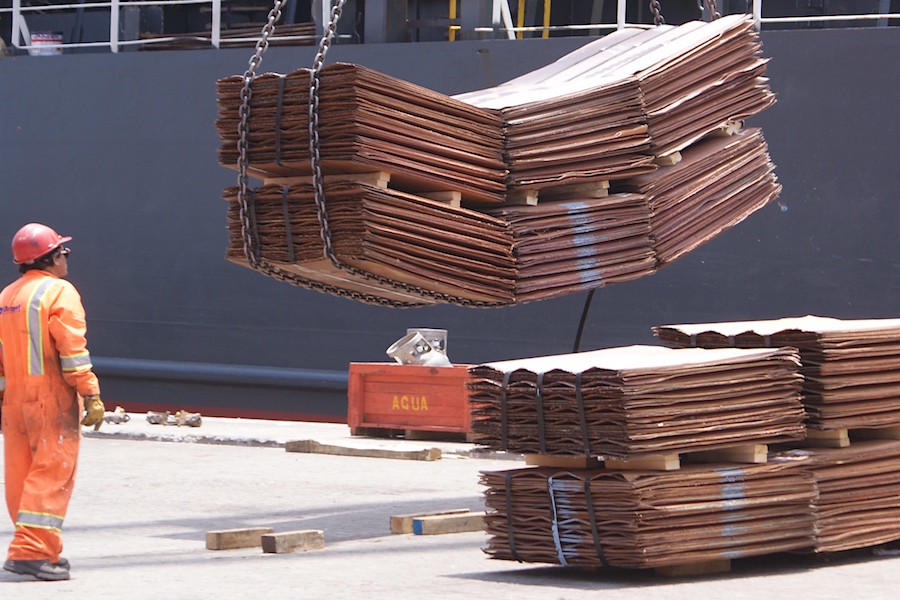Column: US copper imports accelerate in wake of CME squeeze

The May squeeze on the CME copper contract has passed but the impact on global flows of the red metal is still playing out.
US imports of copper have surged after traders capitalized on a rare arbitrage window that opened between the CME and the London Metal Exchange (LME) contracts at the height of the squeeze on CME short position holders.
The result has been a redistribution of global exchange inventory with CME stocks rebuilding from depleted levels and both LME and Shanghai Futures Exchange (ShFE) inventory falling.
It remains to be seen how long this global readjustment lasts but resilient demand and domestic production constraints have the potential to suck more metal into the United States.

Chilean exports redirected
The United States imported an average of 57,700 metric tons per month of refined copper in the first half of 2024.
Inbound shipments then jumped to 106,400 tons and 117,500 tons in July and August respectively, according to LSEG Group trade data.
The main source of the extra metal was Chile. US imports from the South American country accelerated from an average 39,600 tons per month in January-June to 78,200 tons in July and 89,800 tons in August.
Indeed, the United States became the major destination for Chilean copper in the May-August period as shipments to China dropped to an average 30,300 tons.

Shorts covered?
A significant portion of Chile’s shipments to the United States has been delivered against short positions on the CME.
The CME’s limited range of good-delivery brands was one of the reasons the May squeeze became so acute.
Chilean metal accounts for 18 of a total 57 deliverable copper brands on the US exchange, exceeding the 13 domestically-produced brands.
A total 76,440 tons of copper have entered CME warehouses in New Orleans since the start of August, helping lift registered inventory to 74,824 tons from a July low of 8,117 tons.
The liquidity boost has calmed CME time-spreads after the extreme backwardations seen in the second quarter.
It’s noticeable that while CME stocks have been rising, those registered with both the LME and the ShFE have fallen.
However, global exchange inventory is broadly unchanged at an elevated 521,600 tons, up 308,000 tons on the start of the year.
More to come?
CME copper stocks are by no means one-way traffic, with the daily inflows being offset by a steady stream of metal moving in the opposite direction.
This speaks to resilient demand in the United States even before the Federal Reserve’s bumper rate cut trickles down to the manufacturing sector.
Moreover, domestic production is going to take a significant knock due to geotechnical problems at one of country’s largest mines.
Production at the Bingham Canyon mine dropped 44% year-on-year in the third quarter due to movement in the walls of what is the world’s deepest open-pit copper mine.
Rio Tinto, which owns the mine, warned that mined production would be impacted to the tune of 50,000 tons this year as feed to the concentrator is supplemented with lower-grade ore. Mined output will also be affected both next year and in 2026, albeit to an as-yet unknown extent, it said.
It may not just be CME copper shorts that need more US imports in the months ahead.
(The opinions expressed here are those of the author, Andy Home, a columnist for Reuters.)
(Editing by Mark Potter)
{{ commodity.name }}
{{ post.title }}
{{ post.date }}


Comments